Litecoin
Litecoin
What is a Litecoin?
Let's dive into an integral player within the realm of cryptocurrency: the Litecoin. It's not just Bitcoin that reigns in the digital currency world. In fact, Bitcoin has a younger sibling, so to speak, known as Litecoin. Released in 2011 by Charlie Lee, a former Google engineer, Litecoin is a peer-to-peer internet currency enabling instant, near zero-cost payments to anyone in the world.
Litecoin vs. Bitcoin
Litecoin, a shining twin, is highly similar to Bitcoin at a glance, but it boasts certain technical improvements. Primarily, Litecoin tops Bitcoin with its faster block generation rates, offering faster transaction confirmation. Not only does it enhance storage efficiency, but it also supports more transactions in a single block.
Mining Litecoin
Making sense of Litecoin requires understanding Bitcoin mining. This process consists of solving complex mathematical puzzles to validate transactions and secure the network. It's a bit like panning for gold; you put in some work, and with a bit of luck, you bear tokens as a reward. Now, consider Litecoin mining: this works in much the same way, but with key differences.
The Scrypt Algorithm
When Lee created Litecoin, he not only wanted it to complement Bitcoin, but also to be more accessible. Where Bitcoin uses a complex algorithm known as SHA-256 for its mining purposes, Litecoin deploys the Scrypt algorithm. The Scrypt algorithm allows for quicker and less complicated mining, and it can be performed on regular computers, reducing the need for specialized, expensive equipment.
Litecoin's Value in the Market
Just like Bitcoin, Litecoin presents appealing potentials for investment. While not as valuable as Bitcoin, it has shown steady growth and is a popular choice amongst investors who are looking at long term gains.
Conclusion
So there you have it, the Litecoin, a little brother to Bitcoin, yet a versatile player in the cryptocurrency world. Whether you're looking to invest or mine, understanding what Litecoin brings to the table can offer new prospects and understandings in the complex and exciting world of digital currency.
Blog Posts with the term: Litecoin

Bitcoin mining pools are groups of miners who combine their computing power to mine Bitcoin blocks and share the rewards. Joining a mining pool increases the frequency of payouts and reduces the volatility of the mining process, making it a...

Ethereum mining apps enable users to mine Ethereum using smartphones or computers through cloud-based solutions, offering accessibility, cost-effectiveness, and convenience. Top apps like ETH Cloud Miner and MinerGate provide features such as real-time monitoring, security measures, and user-friendly interfaces to...

This guide provides a step-by-step tutorial for building a powerful PC specifically designed for Dogecoin mining, covering essential hardware components like GPUs, CPUs, motherboards, PSUs, RAM, storage solutions, and cooling systems. It also explains the basics of Dogecoin mining including...
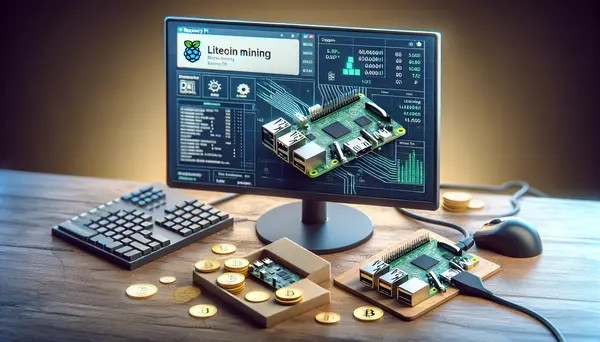
Litecoin mining, similar to Bitcoin but using a different hashing algorithm called Scrypt, can be done with Raspberry Pi. Despite not delivering high-performance output like dedicated mining rigs or high-end computer systems, the low-cost and energy-efficient Raspberry Pi is an...
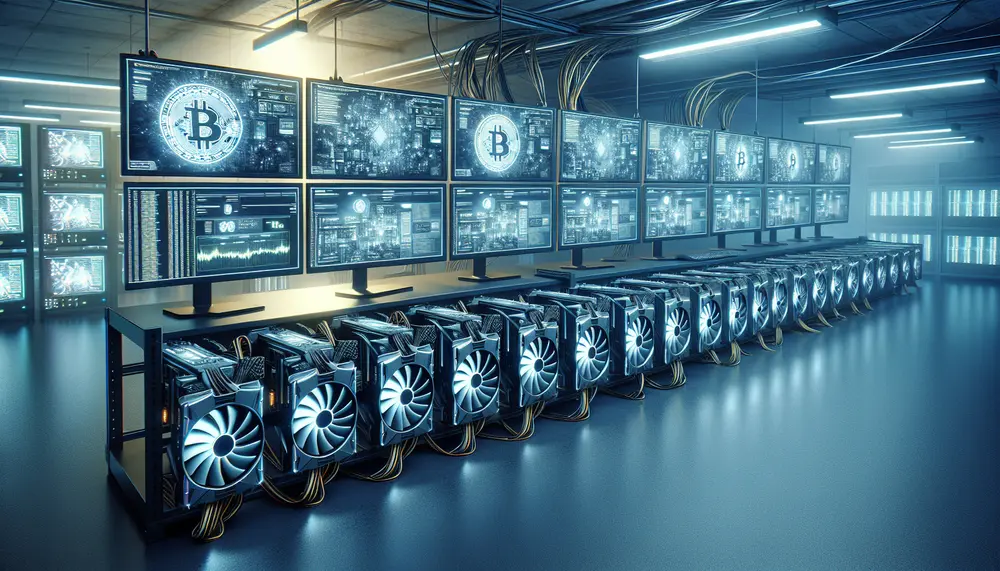
This guide explores the essential aspects of using GPUs for Litecoin mining, covering hardware requirements, software setup, and optimization techniques to maximize efficiency. It explains how GPUs handle parallel processing tasks efficiently in the Scrypt algorithm used by Litecoin and...
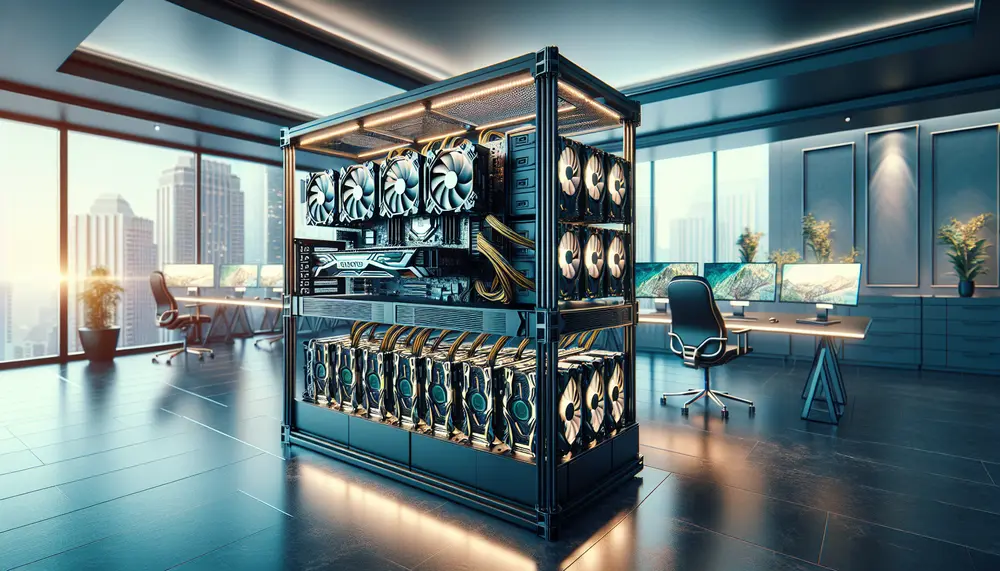
The article explores the best GPUs for efficient Ravencoin mining, highlighting key factors such as hashrate, power consumption, price, cooling and durability, and availability. It recommends top-performing NVIDIA (RTX 3080 Ti, RTX 3090) and AMD (Radeon VII, RX 6800 XT)...
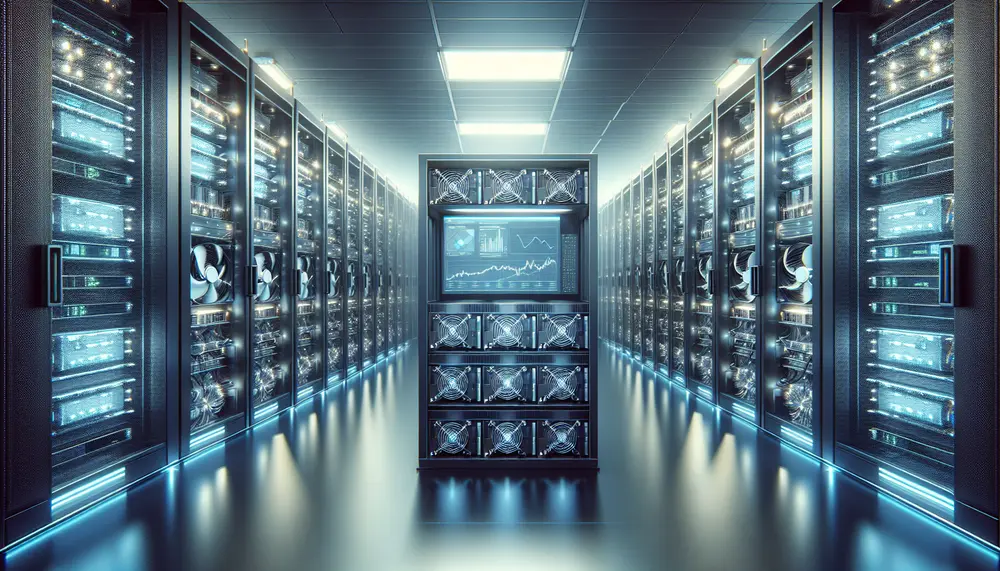
The article explains the importance of understanding Monero mining pools and their hashrate distribution, highlighting how these factors affect network security and decentralization. It also provides a guide to selecting top Monero mining pools in 2024 based on criteria such...
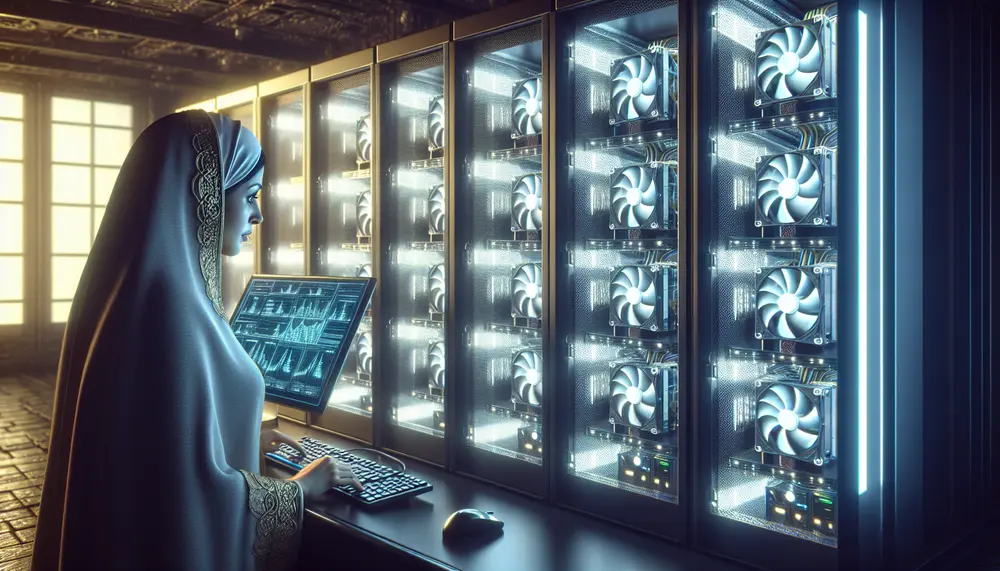
The article explores the profitability of XRP mining, highlighting its unique consensus algorithm and how it differs from traditional cryptocurrencies like Bitcoin. It covers key factors influencing profitability such as transaction fees, network activity, hardware costs, energy consumption, market value...
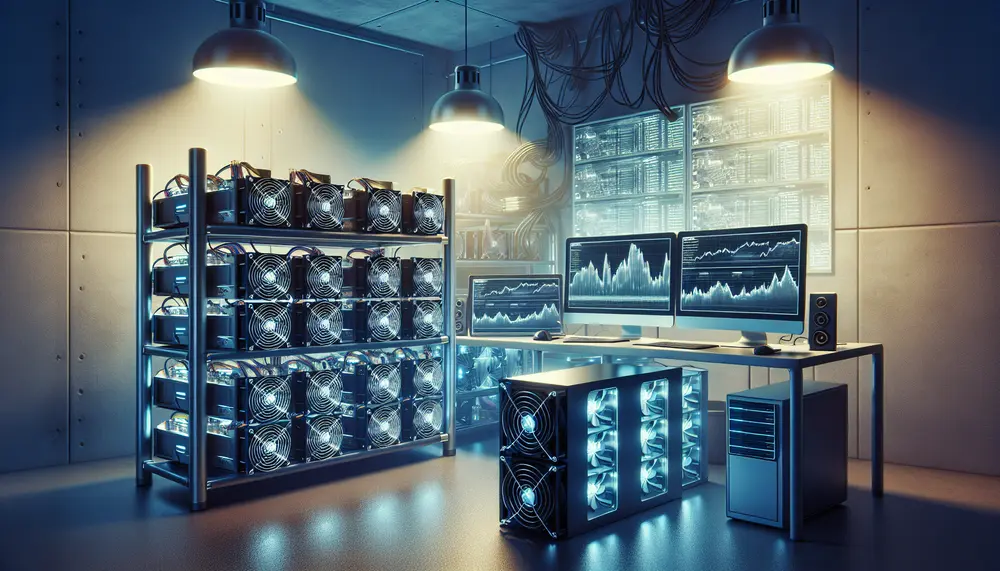
Litecoin mining requires specialized hardware known as ASICs, optimized for the Scrypt algorithm. This guide compares various Litecoin mining hardware options based on performance, energy consumption, and cost to help you choose the best one for your needs in 2024....
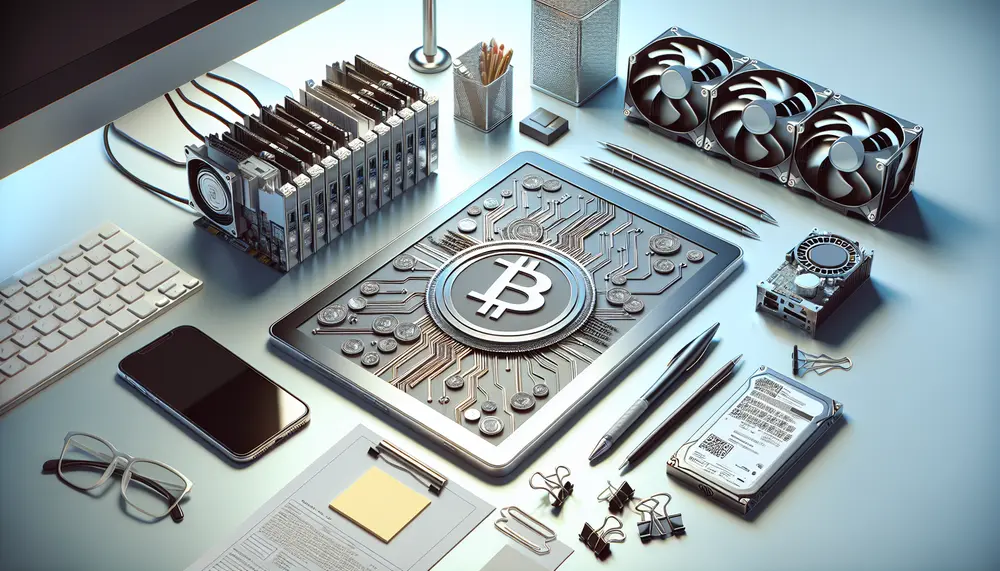
Litecoin mining involves earning LTC through computational work, and withdrawing these rewards requires understanding wallet compatibility, transaction fees, minimum withdrawal amounts, and security. Successfully transferring Litecoin from a mining pool to your personal wallet necessitates setting up a compatible wallet,...
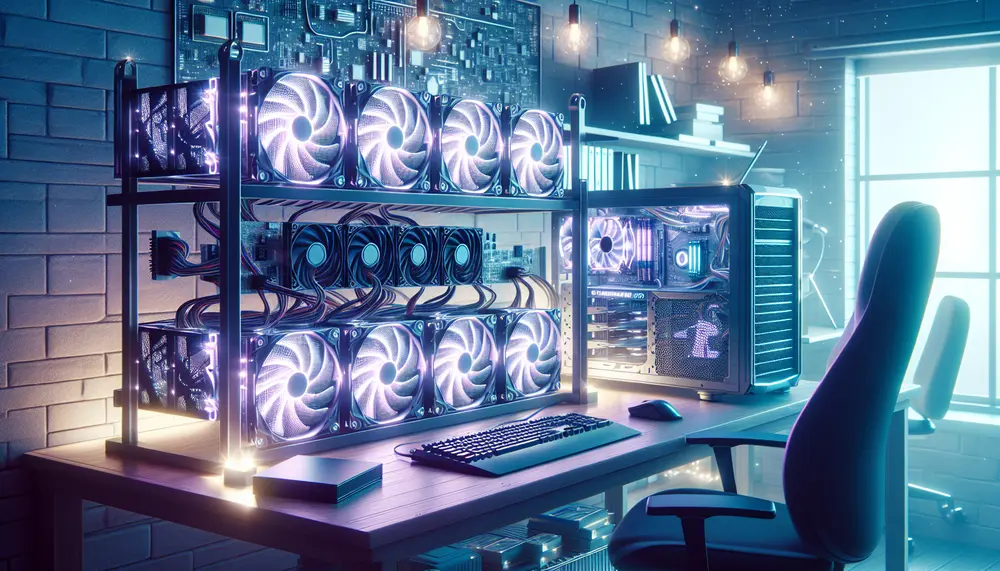
The article provides an in-depth analysis of the profitability of Ethereum mining, covering essential factors such as costs (electricity, hardware investment, maintenance), and revenue generation. By understanding these components—power consumption rates, local electricity prices, necessary hardware like GPUs or ASICs,...
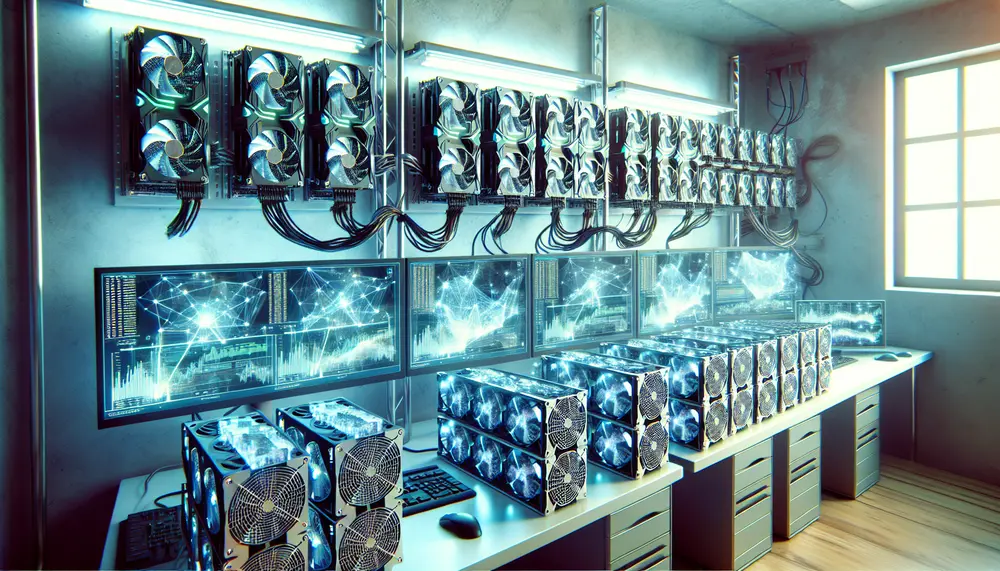
The article provides a comprehensive guide on optimizing overclock settings for Ravencoin mining, detailing specific configurations for various GPU models like the RTX 2070S and Nvidia RTX 30xx series to enhance performance and profitability. It emphasizes balancing performance with power...
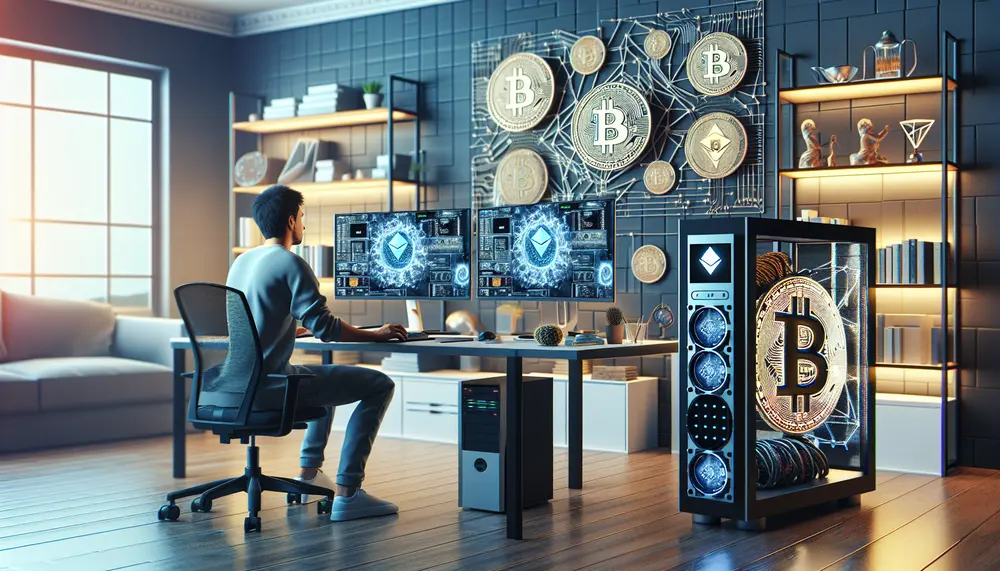
This guide provides a step-by-step process for setting up and running a Litecoin miner on Linux, covering everything from necessary tools and software installation to connecting with the MINERGATE mining pool. By following these instructions, users can efficiently start mining...
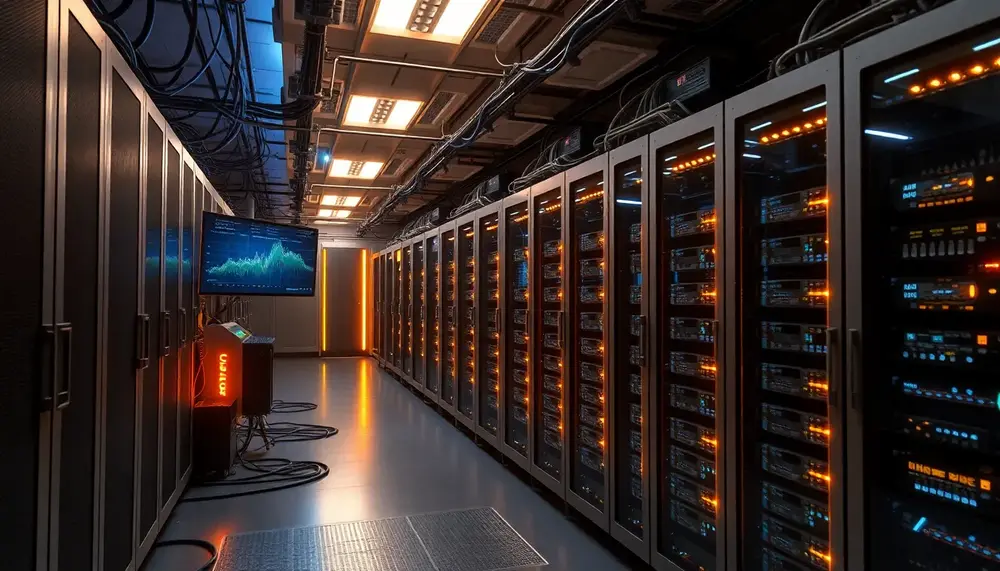
Mining rewards per block are a crucial mechanism in cryptocurrencies like Bitcoin, incentivizing miners through newly minted coins and transaction fees to secure the network while maintaining decentralization. The halving process reduces these rewards by half approximately every four years,...
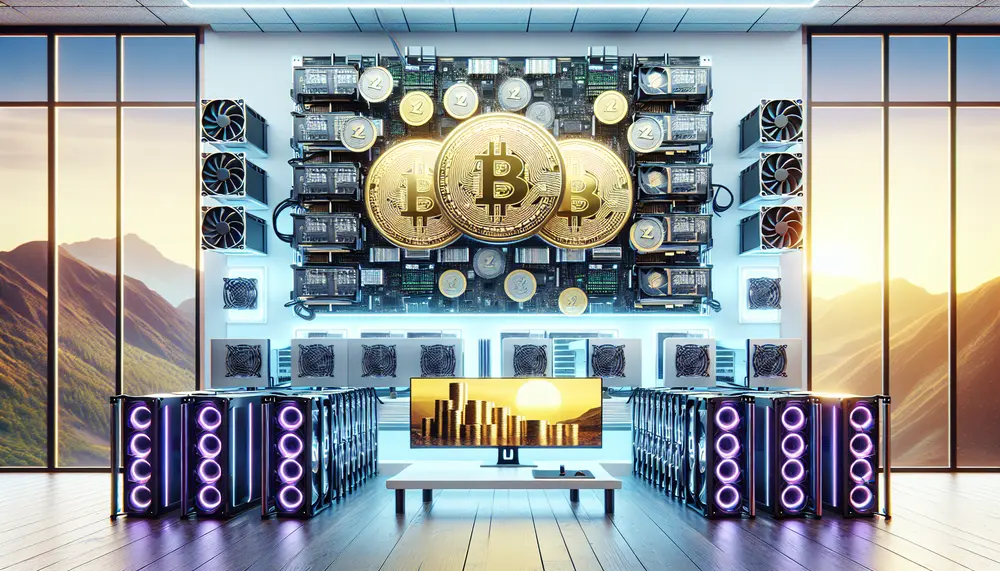
Litecoin merge mining allows miners to simultaneously mine Litecoin (LTC) and Dogecoin (DOGE) using the same hardware setup, leveraging Auxiliary Proof of Work (AuxPoW) to enhance profitability and network security. This method increases earnings without additional equipment investment, making it...
